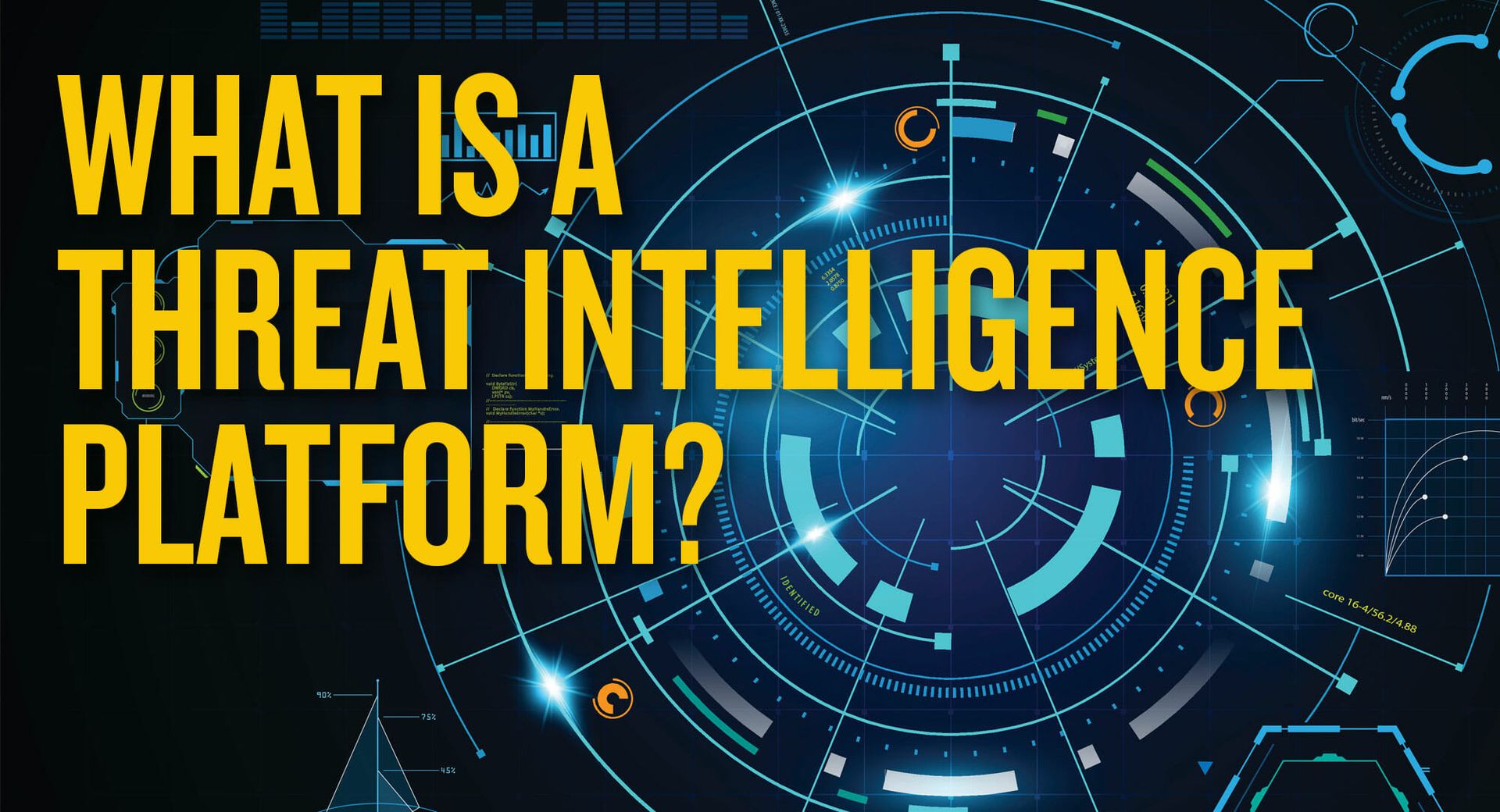


Threat actors are constantly evolving and advancing their attacks. Organizations seek to gain context on these attacks by leveraging threat intelligence, which is actionable information about adversaries and their Tactics, Techniques, and Procedures (TTPs). A threat intelligence platform (TIP) is a solution that automates the machine labor of threat intelligence, reduces time to detection, and enables analysts to investigate and respond to cyber threats.
Automating Threat Data for Faster Insights
The number and sophistication of cyber security attacks increases every day. Organizations need to know exactly what threats they face so they can address them proactively and determine how to respond to incidents more effectively. Analysts will look for evidence of an attack by examining alerts from various security solutions, typically a Security Information and Event Management (SIEM) system. However, because SIEMs were built to process and store all of an organization’s data, many alerts that are generated are not real threats. These false positives are not actually malicious and usually take up a lot of time to investigate.
With an already limited staff, this can be crippling to the effectiveness of a security team. Threat intelligence helps analysts to verify and filter through these alerts by correlating curated threat intelligence with internal threat markers.
Threat intelligence itself can present a number of challenges. Indicators of compromise (IOC) can number in the millions and the process of identifying those that are relevant is labor intensive. Threat intelligence platforms are designed to automatically manage threat intelligence for faster insights into cyber threats.
How Threat Management Fits Into the Security Lifecycle
Establishing a strong security posture is an iterative process. However, it can be overwhelming to try to improve everything that goes into the security lifecycle, such as planning, monitoring, detection, analysis, response, remediation, and feedback. Threat intelligence supports each of these phases by providing context to help guide those actions so they are faster and more targeted.
Security teams have to plan for every possibility. They assess what threats their organization is most likely to face based on what product or service they produce, their geolocation, their political affiliations, and more. Threat intelligence enables these teams to prove or disprove their theories with verified information. Analysts gain more visibility into what threats are relevant to them and how those threat actors operate. Beyond analysis of this information, threat intelligence platforms enable analysts to select and utilize what tools will be most effective for prevention and mitigation.
There are a few different ways to detect and monitor for malicious behavior, but using threat intelligence is one of the most advantageous. Pulling in external, verified context on threat actors and their TTPs eliminates the need for security analysts to do the previous research to determine what is and isn’t malicious.
Organizations can quickly identify whether or not those malicious indicators are present by correlating threat intelligence with data from their existing security systems. Anything identified as suspicious can be automatically sent to integration points for monitoring. This makes it more likely to block something before it enters the network.
Conclusion
Cybercriminals today are working overtime to target organizations for exploitation. Your organization benefits from understanding your vulnerabilities, staying ahead of threats and remediating events quickly. But while your organization may have gathered large amounts of data from internal security systems and external threat feeds, manually pouring through all this data leads to vast numbers of false positives and false negatives. Investigating all these incidents can quickly overwhelm your security team, which is likely already stretched thin due to the cybersecurity talent shortage.
A threat intelligence platform automates the process of bringing together and analyzing internal and external threat information in a way that provides actionable threat intelligence, speeding and simplifying your entire security lifecycle. Whether you’re identifying relevant indicators of compromise and preparing to address them, monitoring, detecting and analyzing threats, responding to events, or looking to improve your security operations, a threat intelligence platform provides the data and context needed to prevent and address threats more rapidly and effectively.



